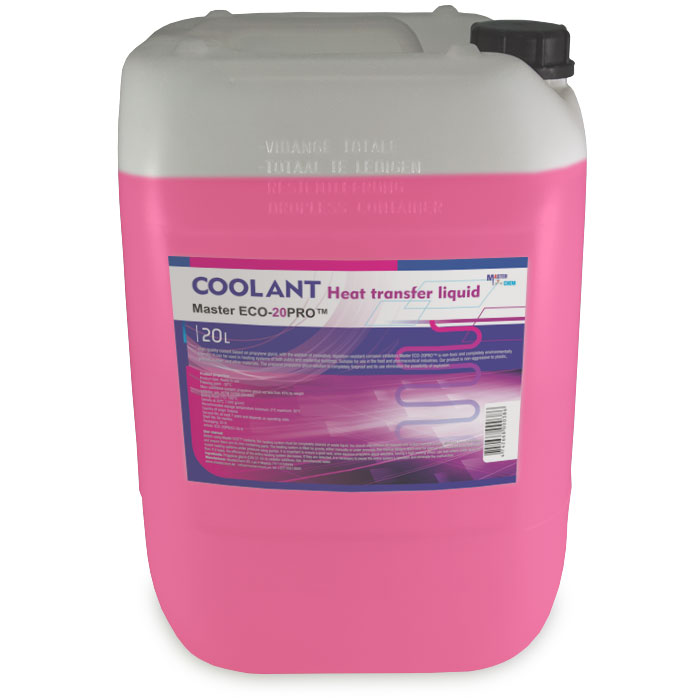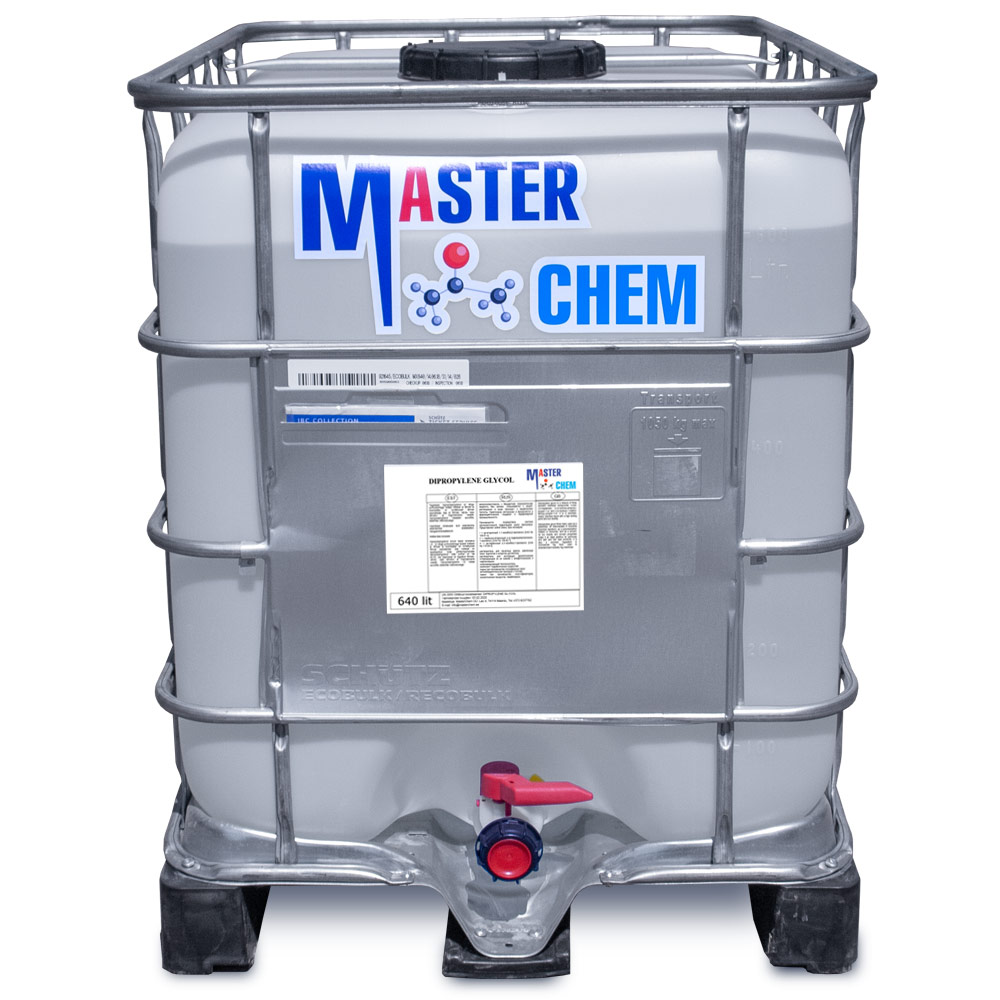Description
Information
Industries: Household chemicals, Pharmaceutical industry, Food industry
CAS number: 7553-56-2
WE number: 231-442-4
Chemical formula: I
Molar mass: 126,9 g/mol
Customs tariff code: 28012000
Other physical properties
Melting / freezing point: 113,6°C w 1013 hPa
Boiling point / range: 184,4°C w 1013 hPa
Relative density: 4,93 g/cm3 w 20°C
Solubility in water: 330 mg/l w 25°C






